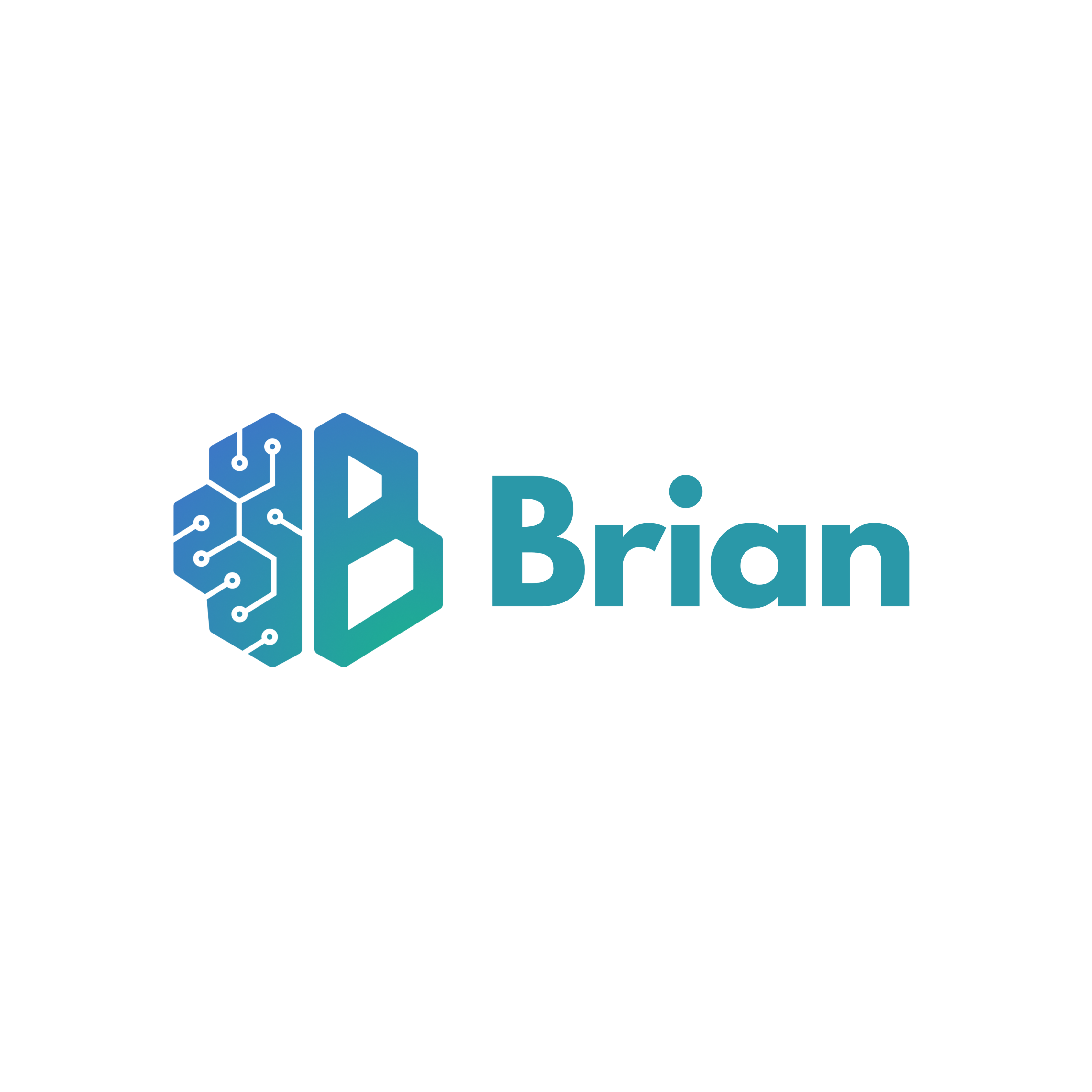Model Card for Brian-3B

Model Details
Model Description
The Brian-3B model is a domain-specific language model tailored for Web3 applications. Built upon Meta’s Llama-3.2-3B, it is optimized for tasks involving natural language understanding and intent recognition in the blockchain ecosystem. This includes tasks such as transaction intent parsing, Solidity code generation, and question answering on Web3-related topics.
- Developed by: The Brian Team
- Funded by: The Brian Team
- Shared by: The Brian Team
- Model type: Transformer-based autoregressive language model
- Language(s): English
- License: Llama 3.2 Community License
- Finetuned from: meta-llama/Llama-3.2-3B
Please note, this is just the first of a series of further training phases before the model can be used in production (estimated Q1 2025) to power our Intent Recognition Engine. The Brian team is calling on all partners interested in the space: developers, projects, and investors who might be involved in future phases of the model training. Join our TG Dev chat if you have any questions or want to contribute to the model training.
Model Sources
- Repository: Hugging Face Repository
- Demo: This model will be integrated soon to power https://www.brianknows.org/
- Paper: Coming soon
Uses
Downstream Use
The model is specifically designed to be fine-tuned for downstream tasks such as:
- Transaction intent recognition: Parsing natural language into JSON for transaction data.
- Solidity code generation: Creating smart contracts based on user prompts.
- Web3 question answering: Answering protocol-specific queries or extracting blockchain-related data.
In the coming months, our team will release these task-specific models. Anyone in the web3 space can fine-tune the model for other downstream tasks or improve its knowledge of specific ecosystems (e.g., Solana, Farcaster, etc.)
Out-of-Scope Use
- Tasks outside the Web3 domain.
- Generating harmful, unethical, or misleading content.
Bias, Risks, and Limitations
Recommendations
While the model shows excellent performance in Web3-related domains, users should validate outputs for critical tasks like smart contract generation or transaction execution to avoid errors. Fine-tuning is recommended for domain-specific applications.
How to Get Started with the Model
To load and use the Brian-3B model:
from transformers import AutoModelForCausalLM, AutoTokenizer
# Load the model and tokenizer
model = AutoModelForCausalLM.from_pretrained("brianknowsai/Brian-Llama-3.2-3B")
tokenizer = AutoTokenizer.from_pretrained("brianknowsai/Brian-Llama-3.2-3B")
# Generate text
device = torch.device("cuda" if torch.cuda.is_available() else "cpu")
model.to(device)
input_text = "A web3 bridge is "
# Tokenize the input text
input_ids = tokenizer(input_text, return_tensors="pt").input_ids.to(device)
# Generate output (this is typical for causal language models)
with torch.no_grad():
outputs = model.generate(input_ids, max_length=80, num_return_sequences=1)
# Decode the generated tokens to text
generated_text = tokenizer.decode(outputs[0], skip_special_tokens=True)
# Print the result
print(f"Input: {input_text}")
print(f"Generated Brian text: {generated_text}")
- Downloads last month
- 24